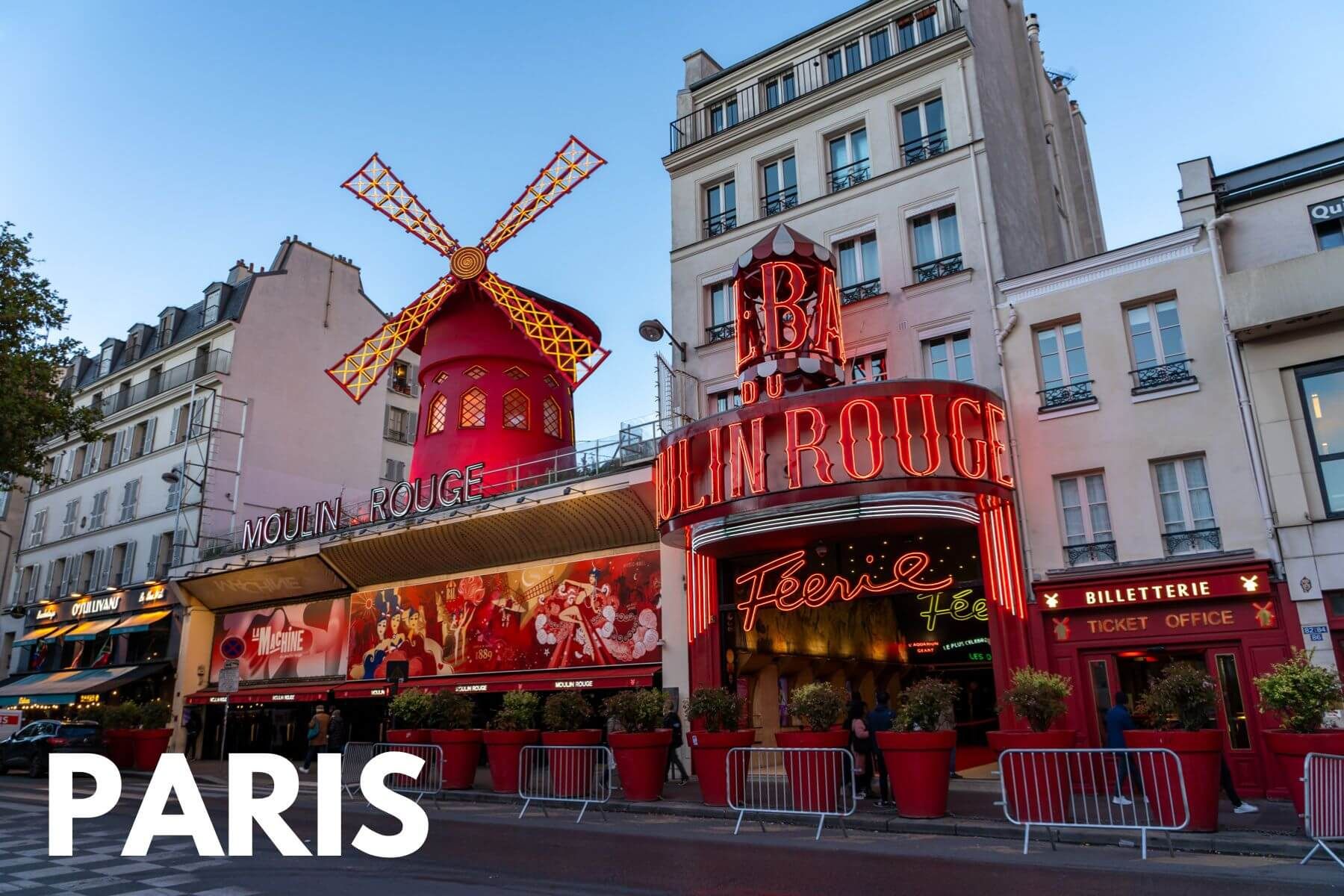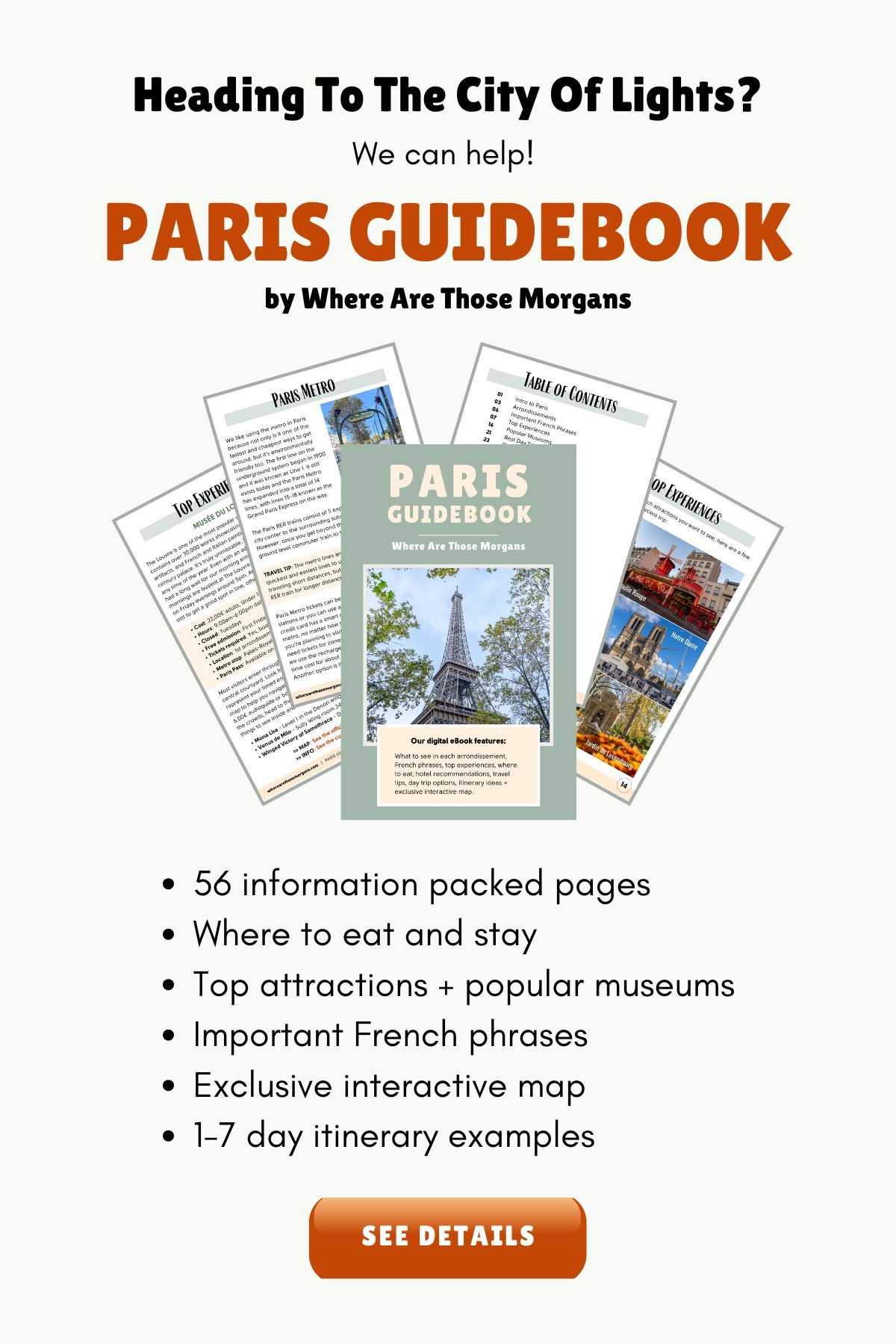Paris is a charming city with some of the most famous museums and iconic landmarks in the world. Around 50 million people flock to Paris each year to enjoy its top attractions, diverse neighborhoods and wonderful food scene. We’ve visited Paris more times than we can count, but our favorite experience was an amazing 8-day trip we took in November 2023 during which we did everything there is to do as tourists in the City of Lights.
In this comprehensive Paris travel guide we help you plan your first trip to France’s romantic capital city, based on our own experiences.
If you’re a serious planner like us, be sure to check out our popular Paris Guidebook which goes into even more detail with bonus itineraries, maps and more. Or, book a call with us if you’d like personalized help planning your trip.
Note: Our content is reader supported and contains affiliate links. If you make a purchase through one of these links, we may earn a small commission at no extra cost to you and it helps us keep this site running.
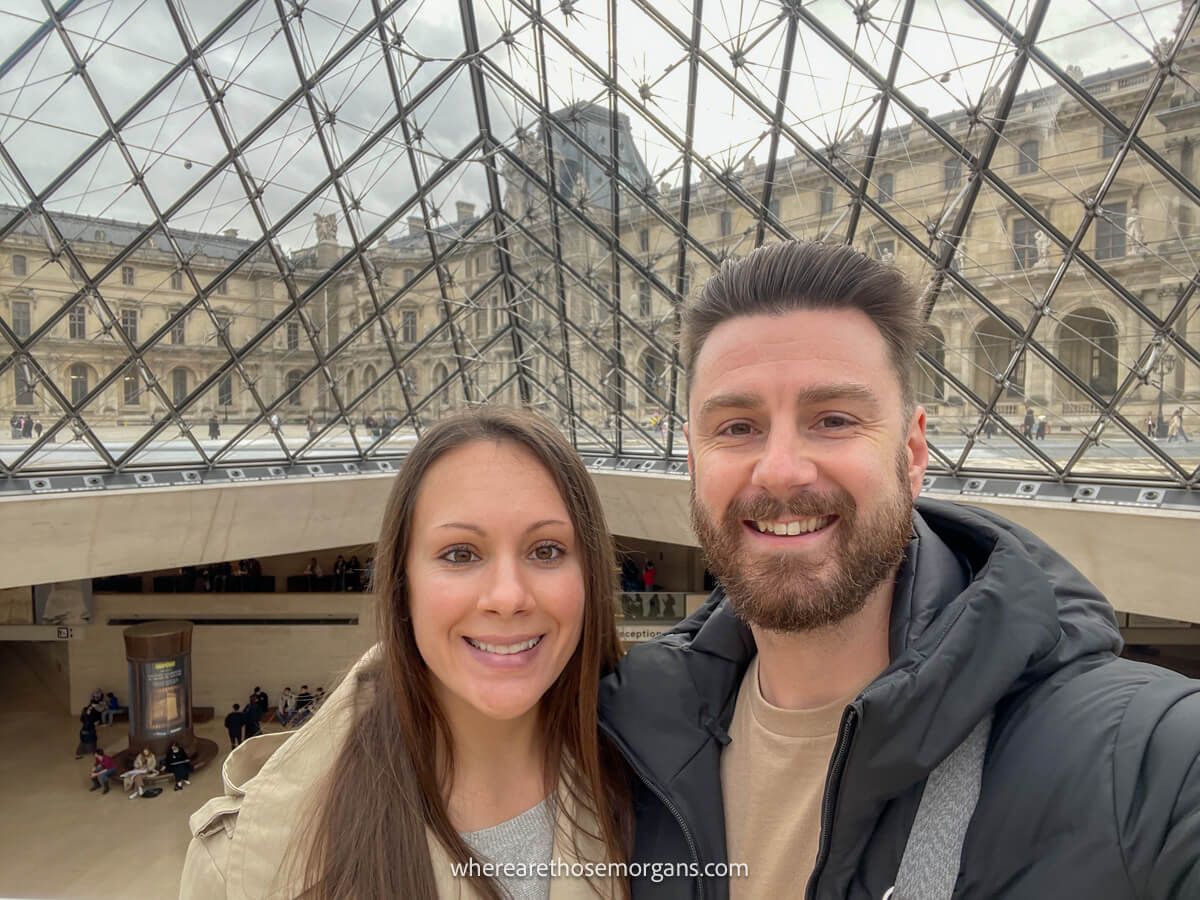
Arrondissements
Okay, the first thing you need to know is that Paris is split up into 20 different arrondissements (like neighborhoods in NYC or boroughs in London). The arrondissements are all different shapes and sizes, but they’re mapped like a snails shell beginning in the center of Paris and spiraling out to the edges of the city. Just like a swirling lollipop.
Most of the top attractions and places you’ll want to visit are located within the 1st-9th arrondissements, with a few exceptions like Montmartre (18th arr) and maybe Montparnasse (14th arr). Also, you’ll likely spend most of your time close to the Seine on a first visit because the areas immediately around the river banks are loaded with unmissable things to do.
Notable attractions with arrondissement:
- Louvre – 1st Arr.
- Notre-Dame – 4th Arr.
- Pantheon – 5th Arr.
- Luxembourg Garden – 6th Arr.
- Eiffel Tower – 7th Arr.
- Musee d’Orsay – 7th Arr.
- Arc de Triomphe – 8th Arr.
- Champs-Elysees – 8th Arr.
- Sacre-Coeur – 18th Arr.
Our favorite arrondissements to walk around are Le Marais (3rd), Saint-Germain (6th) and Montmartre (18th). They’re not as touristy as the areas around the Eiffel Tower, Notre Dame and the Louvre, and they have lots of great places to eat out.
Top Experiences
Paris is one of the best cities in the world to visit if you enjoy iconic experiences. There’s an enormous amount of museums, attractions and day trips you could include on your itinerary, So how do you prioritize? And how do you keep your itinerary varied so you don’t lose your entire trip just walking around museums?
Well, we think there are certain things you can’t miss on a first trip to Paris, but there are also things you can leave until you go back for a second visit. The key is to determine exactly what you have to see and do first time around. Personally, we think climbing the Eiffel Tower, visiting the Louvre and exploring the Palace of Versailles are the three things you absolutely have to do.
Here are the things we would prioritize above all else:
- Climb the Eiffel Tower
- Visit the Louvre
- Day trip to the Palace of Versailles
- Cruise on the Seine
- See Arc de Triomphe and Champs-Elysees
- Take a wine or food tour
- See Sacre-Coeur and Montmartre
- Visit Notre-Dame
But Paris is about more than just ticking off attractions. Our top recommendation of all is simply to walk the streets and immerse yourself into the Parisian culture. One of our favorite things to do is walk until we spot a quaint cafe or a trendy bistro with tables spilling out onto street corners and stop in for a quick glass of wine. Rinse and repeat.
Need help planning your trip to Paris?
Skip the research and master Paris instantly with our expert guidebook. No fluff, just top experiences, custom itineraries, insider tips, our exclusive map and so much more.
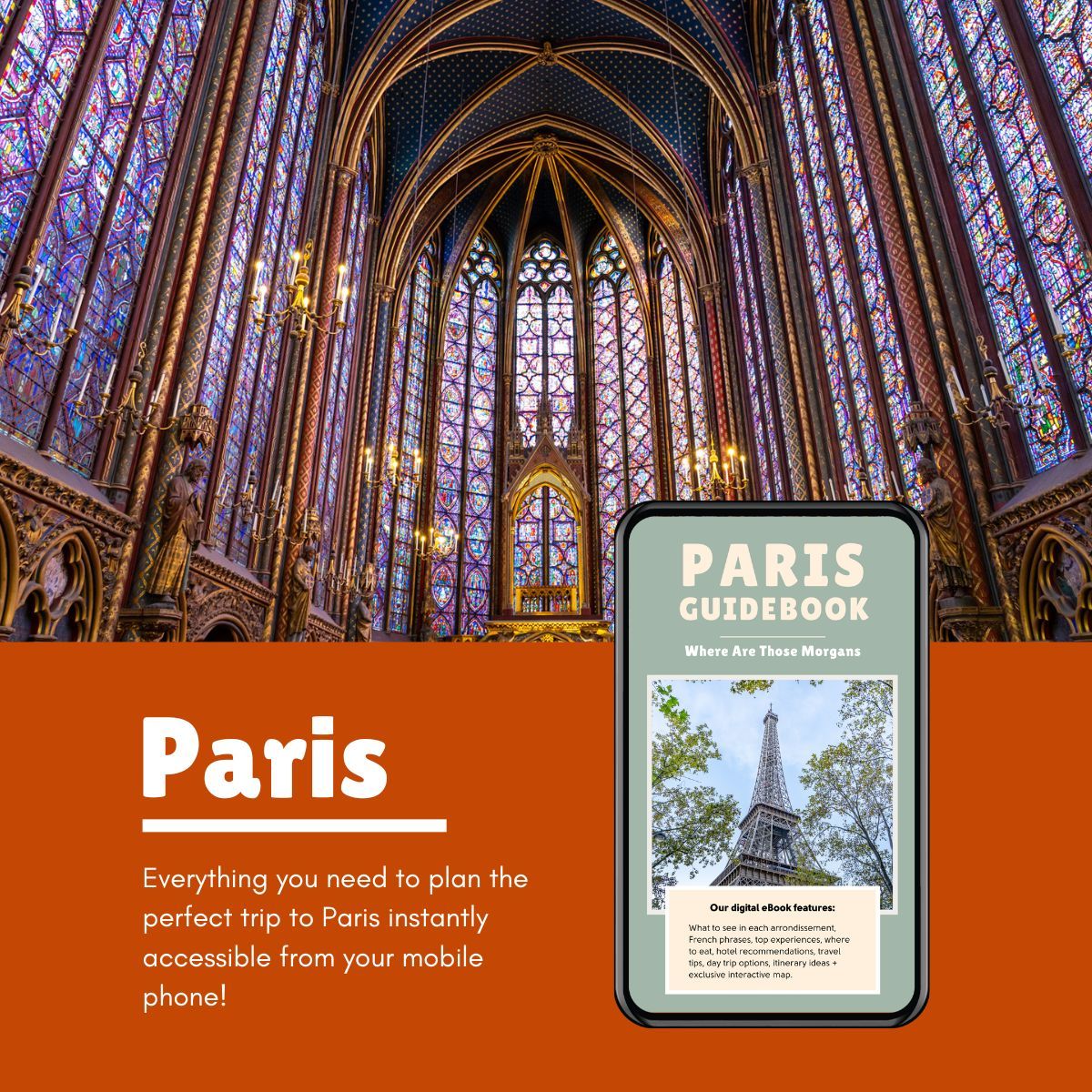
Museums
The Louvre and Musee d’Orsay are two museums you should absolutely explore on a first trip to Paris. After that, it’s a toss up based on what you’re most interested in. We really like the Rodin Museum because it’s a bit different. But you might prefer to see Napoleons Tomb and the Army Museum at Hotel des Invalides, the Picasso Museum or the Pompidou Center.
Look, it’s Paris. You have so many fantastic options to suit exactly what you’re looking for. Art, fashion, history, you name it there’s a collection of museums for you. But unless you buy an attractions pass (which we’ll cover later), you’ll have to pay entry fees into most museums in Paris. They’re also time consuming, so you might want to limit the amount of museums you visit if you’re only in town for a few days.
Here are some of our favorites:
Paris Itinerary
How do you take all that’s on offer in Paris and put it into a fun but efficient itinerary? Well, there are so many different ways you can plan a Paris itinerary, such as ticking off bucket list attractions, only walking around neighborhoods or traveling just for food. Personally, we like to see and do as much as we can when we travel, so we’re more about attractions and sightseeing.
Here’s how we would plan our days in Paris:
- 1 Day: Eiffel Tower, Trocadero, Arc de Triomphe, Champs-Elysees, Musee d’Orsay, the Louvre, Seine Cruise.
- 2 Days: Luxembourg Gardens, Pantheon, Latin Quarter, Saint-Germain, Notre-Dame, Sainte-Chapelle, Conciergerie, Le Marais.
- 3 Days: Day trip to Palace of Versailles, head to Montmartre late afternoon, go up Sacre-Coeur.
- 4 Days: Hotel des Invalides, Rodin Museum, Musee de l’Orangerie, Tuileries Garden, Montparnasse Tower for sunset, Moulin Rouge show at night.
With one day it’s all about ticking off the most iconic attractions in Paris. Yes it’s action packed, but that’s the best way to see the top sights if you only have one day. With two or three days you can explore diverse arrondissements and take a day trip to Versailles. And if you have longer, spend a fourth day walking around at a slower pace and finish with a bang!
It’s important to know that you should book tickets in advance to places like the Louvre, Musee d’Orsay, Eiffel Tower, Sainte-Chapelle and Versailles. This will save you waiting in potentially long lines to buy tickets on the day.
Where To Stay
One of the most challenging parts of planning a first vacation to Paris is figuring out where you’ll stay. There’s thousands of hotels, so getting a room won’t be an issue. It’s more about finding the right area and then finding good value in that area. Remember this is Paris and good value is relative! Don’t expect hotels in the touristy areas to be cheap, especially if you visit during peak times.
So far we’ve stayed at hotels in the 1st, 3rd, 7th, 10th, 11th and 18th arrondissements. The 1st, 3rd and 7th are closer to the major tourist areas so they’re more convenient but naturally more expensive. The 10th, 11th and 18th are further out so you can find better value but you’ll walk a lot or take plenty of metros. It’s a trade-off.
For a first visit to Paris we recommend booking a hotel in the 1st, 2nd, 3rd, 4th or 7th arrondissements. You’ll be near the Seine and have good access to metro networks from a central location. If it’s your second visit and you’ve already ticked off lots of attractions, we recommend the 3rd, 5th, 6th or 18th arrondissements. They’re more residential and foodie oriented.
Here’s our full guide on where to stay in Paris to help you better understand the popular neighborhoods.
Airports
The three major airports serving Paris are Charles de Gaulle, Orly and Beauvais. We’ve flown out of Charles de Gaulle and Orly, but we’re yet to fly through Beauvais.
Here’s what you need to know:
- Charles de Gaulle – Busiest airport in Paris, more international airlines, 30 mins from Paris on RER B Train.
- Orly – Smaller, some international airlines, closer to Paris, 25 mins from Paris on Metro line 14.
- Beauvais – Much smaller, serves low-cost airlines, inconvenient, 1 hour 15 minutes from Paris by shuttle or train.
You can take taxis or ride shares between Paris and the airports, but it’s cheaper to use the trains. We paid around €35 for a ride share from the 1st arrondissement to Orly airport last time we were in Paris. Here’s more information about airport terminals and transport.
Getting Around Paris
One of our favorite things about Paris is that it’s a very walkable city. Sure, it’s a big place, but you can reach all of the top attractions and cool arrondissements by foot if you don’t mind clocking up the step count. Whenever we visit any major capital city, we always walk as much as we can. It’s the best way to really explore a place and you never know what you’ll stumble across.
With that said, if you don’t want to rack up 8-10 miles of walking in a day or you’re short on time, you can always use the extensive Paris metro network. We tend to plot out a walking route and if it ends a long way from our hotel we’ll take a metro back to where we’re staying. Or we’ll get on a metro first thing to a far out place and then stop at attractions on the walk back.
The Paris metro is cheap, easy to use and it has plenty of trains running. You can buy individual tickets for each journey or you can buy a Navigo Easy pass and top it up. The pass offers cheaper rates per metro ride so it’s worth it if you think you’ll use the metro a lot of times during your visit. Here’s a Paris metro map you can download.
Know Before You Go
There are some things we wished we knew before we visited Paris for the first time that would have saved us a bit of time, money or effort.
Here are some tips to remember:
Museum Closures – The Louvre is closed on Tuesdays, Musee d’Orsay is closed on Mondays, and the Palace of Versailles is also closed on Mondays.
Day Trips – Instead of the Palace of Versailles, you can day trip to Chantilly, Giverny, Fontainebleau or even Mont-Saint-Michel.
Breakfast – A lot of hotels in Paris offer breakfast (petit dejeuner) but it’s usually not included in the room rate. Some are great but others aren’t, so check it out before paying and if it doesn’t look fresh, go out for breakfast instead.
Dining – Lots of restaurants close after lunch before reopening later for dinner. Some won’t reopen until 7.00pm, so keep on top of opening hours. If you want to avoid crowds, head out for dinner between 5.00pm and 6.00pm but make sure the kitchen is open.
Backpacks – Lots of top attractions or museums limit the size of backpacks that can be carried inside. In some instances you can check them into lockers, but it’s easier to carry a small backpack to avoid any issues.
Scammers – Like most major cities there are some areas where you need to be careful of pickpockets and people trying to scam you. They’re usually around the major attractions trying to sell trinkets or put things on you. Just say no assertively and walk away.
Expenses
We think you might be pleasantly surprised by how affordable Paris is when you visit. You know, considering it’s one of the most beloved and famous cities on the planet, it’s really not too expensive. Let’s just say our credit cards haven’t been punished as much in Paris as they have in the likes of London, New York, Singapore or Tokyo!
Every time we go to Paris it shocks us how little we spend on food and drinks. There are so many restaurants, which means they have to remain competitive and that keeps prices very reasonable. Plus, wine is so cheap. Tax is low and you don’t have to tip because wait staff are paid a salary (which is so nice when you live in the US!). We also think attractions are fairly priced, which helps to keep overall costs down.
The only bad news is that hotels are pricey if you want to stay in a quality place near the top attractions. But there are always cheaper low budget hotels if you don’t mind staying in a place that doesn’t have the highest guest ratings. Alternatively, you can always stay in a cheaper part of the city away from the major tourist areas if you absolutely must keep costs to a minimum.
Paris Passes
One way to keep expenses down is to buy a Paris attractions pass. Instead of paying for each individual attraction like the Eiffel Tower, the Louvre and the Palace of Versailles, you pay one price for a pass that gets you entry to all attractions but at a cheaper price overall because you’re bundling.
They do work and they can save you money, but only if you’re organized and smart about which attractions you choose. Typically, the more attractions you visit, the more money you save. We’ve used attraction passes in cities all over the world including London, Rome, NYC and of course Paris. In Paris, we’ve used three different pass types to basically see and do everything you can as a tourist.
Here are the three passes:
1. Go City Paris – You can choose between unlimited attractions across a specified amount of days, or you can choose a specific amount of attractions. This works best if you plan to tick off a ton of attractions.
2. Paris City Card – This pass from Tiqets is best if you only want to see the top attractions like Eiffel Tower, Louvre, Versailles and a Seine Cruise. You’d be able to do those 4 cheaper with this pass than booking individually.
3. Paris Museum Pass – Unsurprisingly, this one works best if you plan to visit lots of museums. We each got the 4 day option and visited 13 museums with the passes, which saved us around $100.
Bonus: You can also head over to Tiqets and input our code “WATM10NOW” for 10% off any individual attraction in Paris.
In addition to seeing the top attractions and museums, we also used our passes to book a wine tour at Les Caves du Louvre and a macaron making class in Galeries Lafayette. Both were fantastic, so we recommend taking a look at food and drink based tours included on the passes.
Tours
Paris is one of those places you don’t want to get wrong or miss out on something. It’s also a place you might want to learn about properly, which means guided tours by knowledgable locals are usually worth paying for. We tend to book tours with Get Your Guide or Viator when we’re short on time or we want an expert to explain things to us.
Here are the top rated tours we recommend:
- Palace of Versailles – Transport from Paris, skip the line and guided tour.
- Louvre – 3 hours guided tour with entry ticket at closing time.
- Ultimate Food Tour – 3.5 hours, top rated for foodies.
- Paris In A Day – 9 hour tour of the major highlights.
- Notre-Dame – 3 hour tour with skip the line Sainte-Chapelle.
- Wine Tour – 1 hour guided tour with wine tasting.
- Normandy – D-Day landing beaches day trip.
- Loire Valley – Castles day trip with wine.
Best Time To Visit
We’ve been to Paris in all four seasons, and there’s pros and cons to each. Determining the best time for you to visit depends on what you prioritize when you travel. Do you prefer cheaper prices or fewer crowds? Do you mind cold weather?
Here’s what you can expect:
Spring – Nice balance between hotel costs, crowds and weather. Earlier in spring you’ll get better deals and less crowded attractions. Flowers bloom in gardens around the city in late April and May, but rain is more frequent. March is one of the best months to visit to avoid crowds but still have reasonable weather.
Summer – Busiest time of year to visit, highest hotel occupancy rates and prices, busy restaurants and jam-packed attractions. But the weather is warm, everything is open and it has a great atmosphere.
Fall – The balance between hotel costs, crowds and weather returns. October is a fantastic month to visit Paris, but later in fall temperatures begin to plummet so you’ll need to pack accordingly. We did 8 days in Paris in November and it was quieter but it rained, a lot! Note that Paris Fashion Week is the last week of September so prices might spike.
Winter – Temperatures are cold, it rains a lot and it can be quite dreary in January or February. But crowds are minimal and hotel prices are incredibly affordable. So it’s a trade off. December is a different beast because Paris is a popular Christmas market destination in Europe.
Our Paris Photos
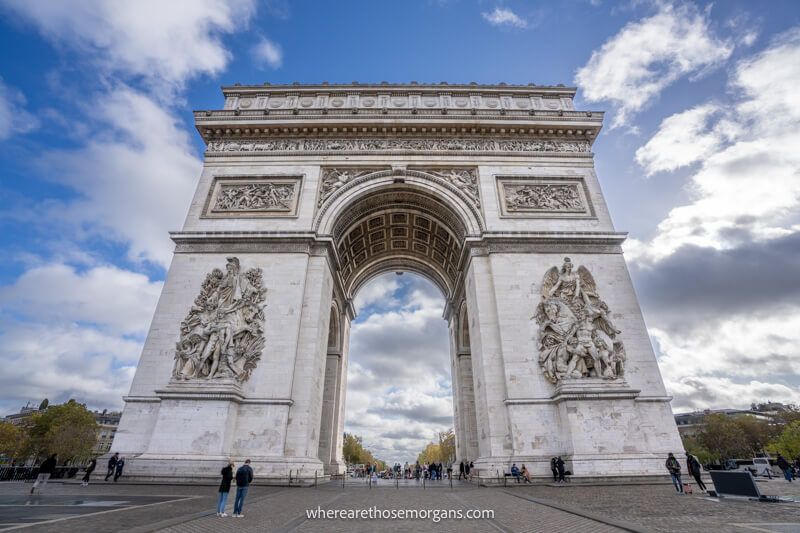
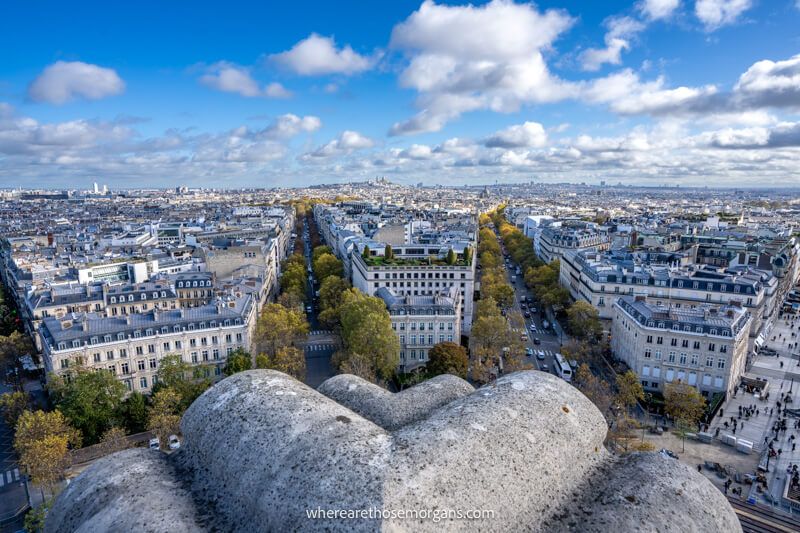
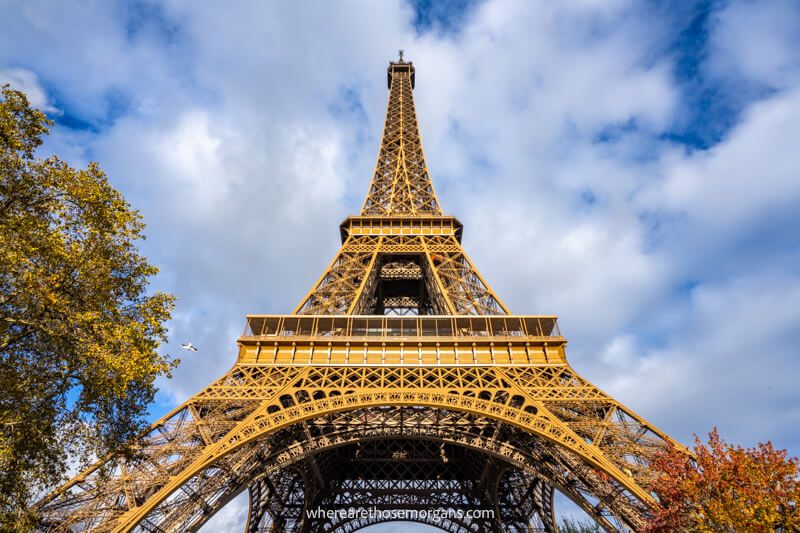
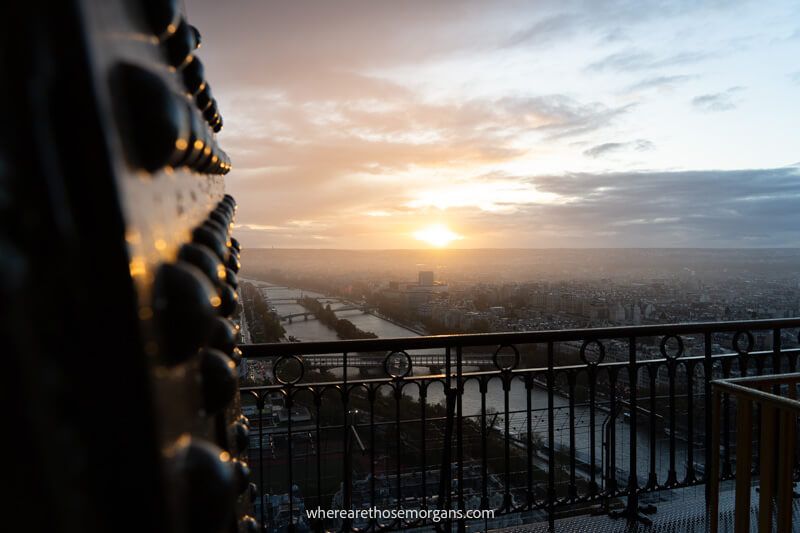
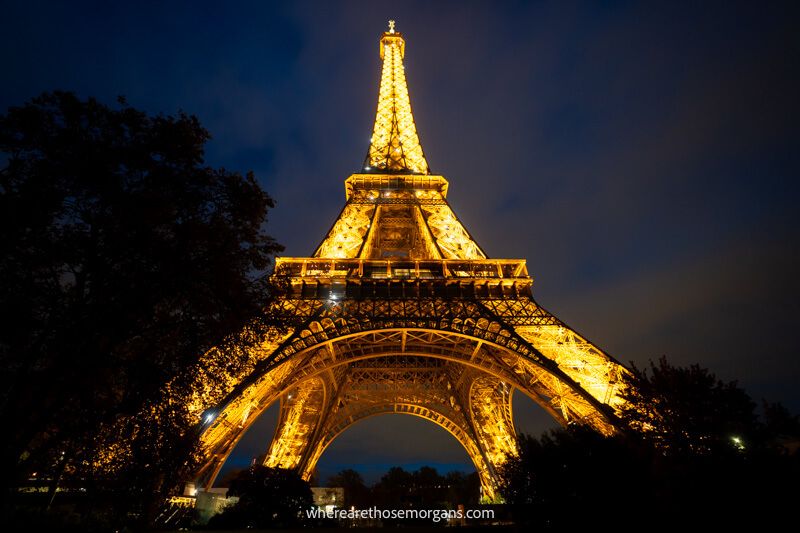
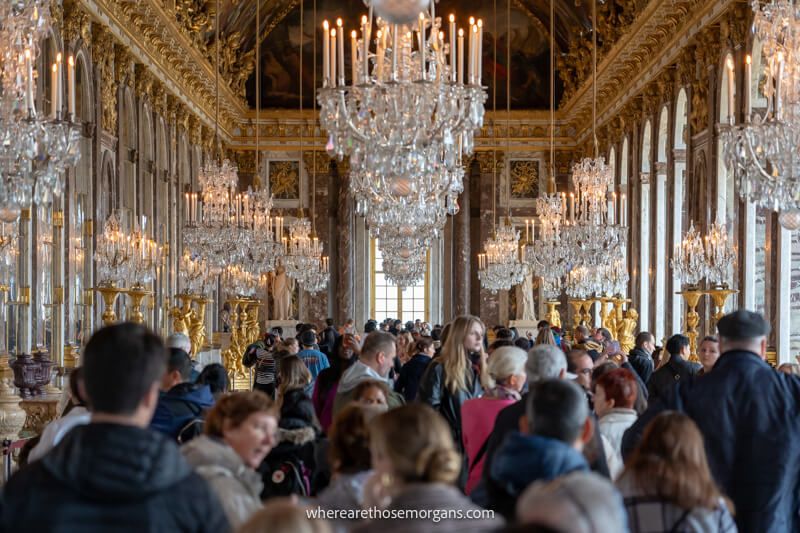
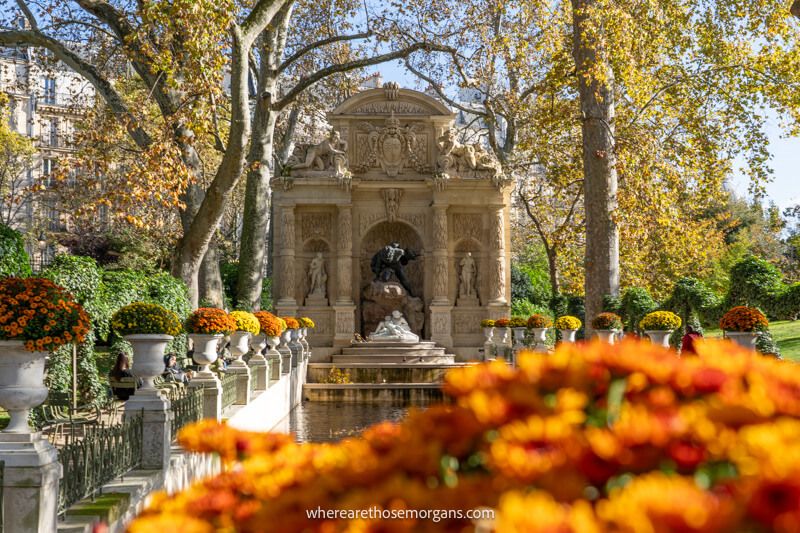
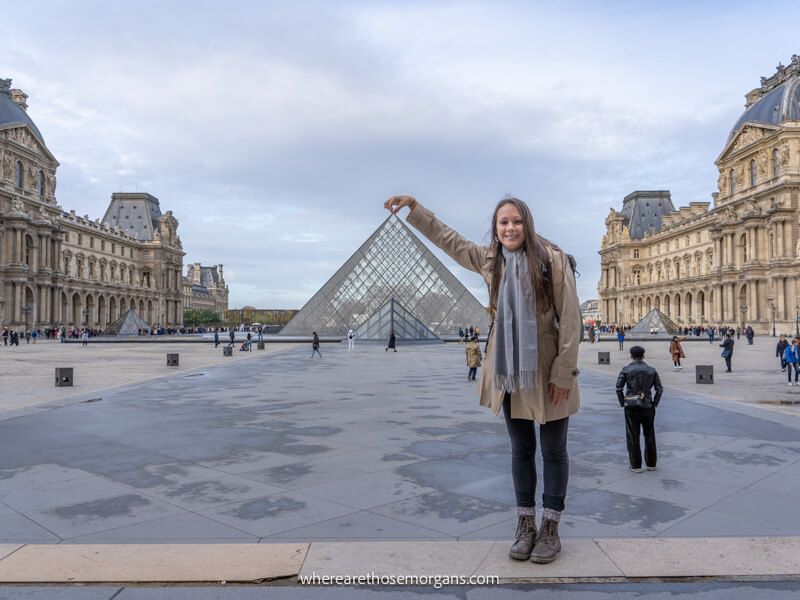
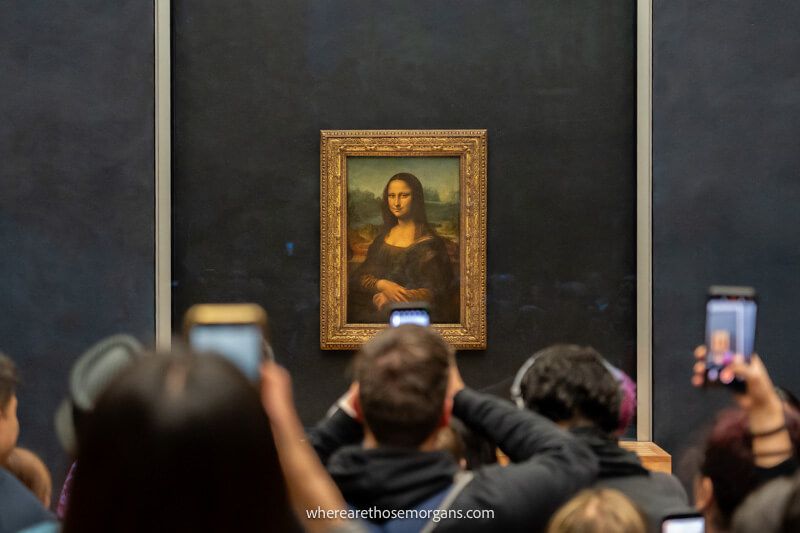
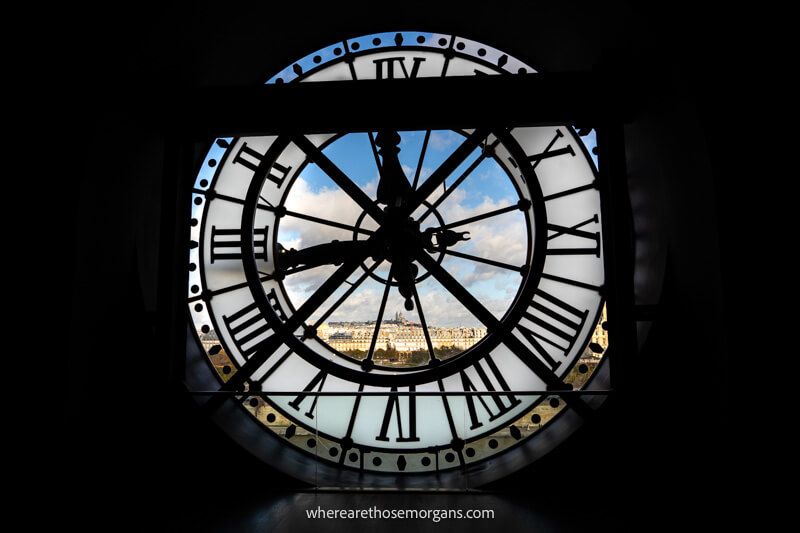
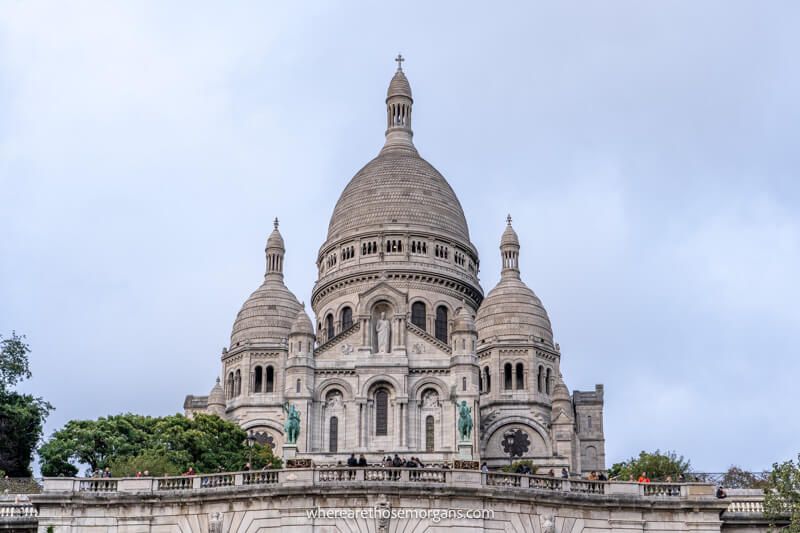
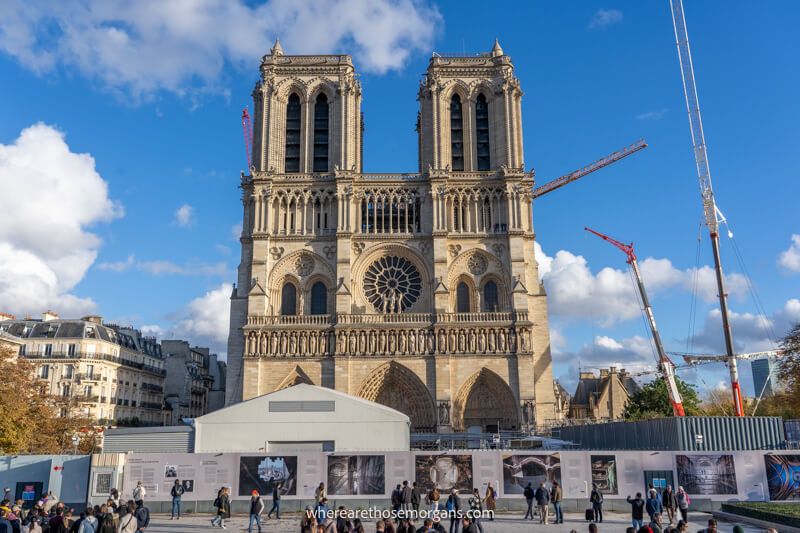
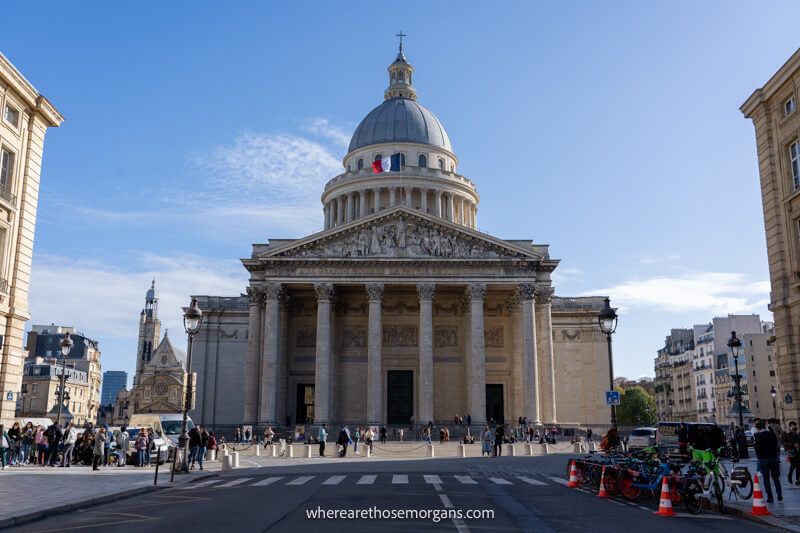
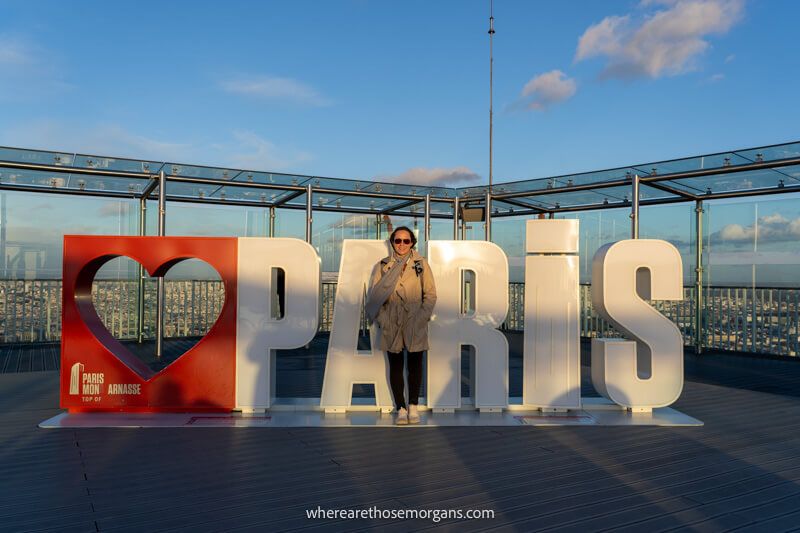
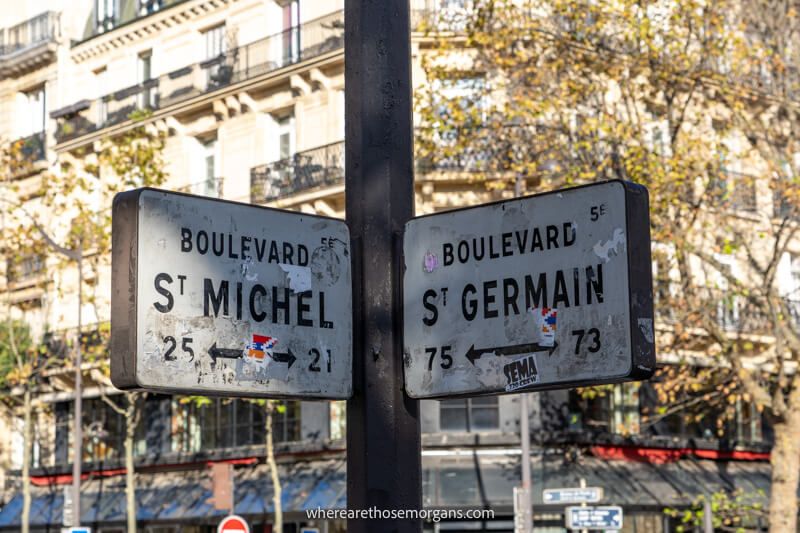
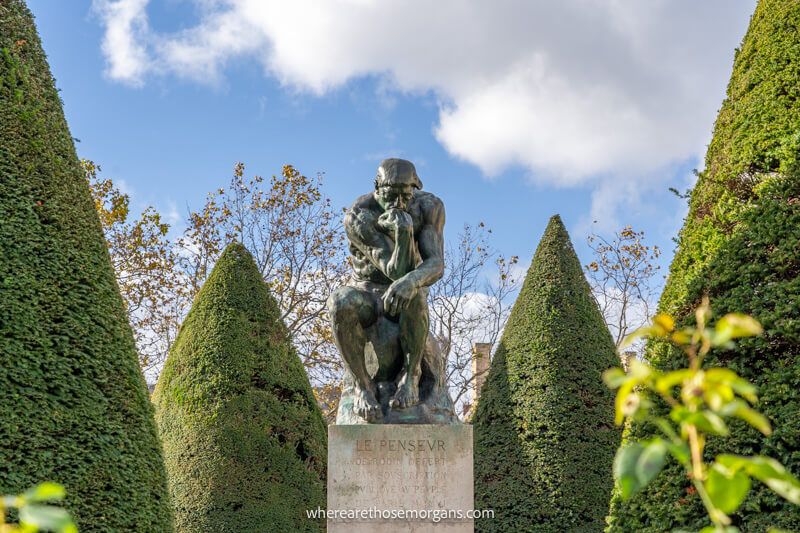
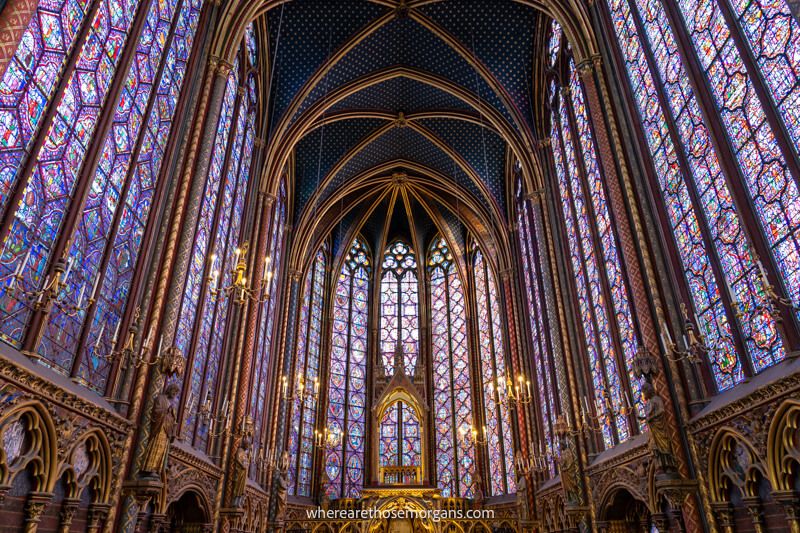
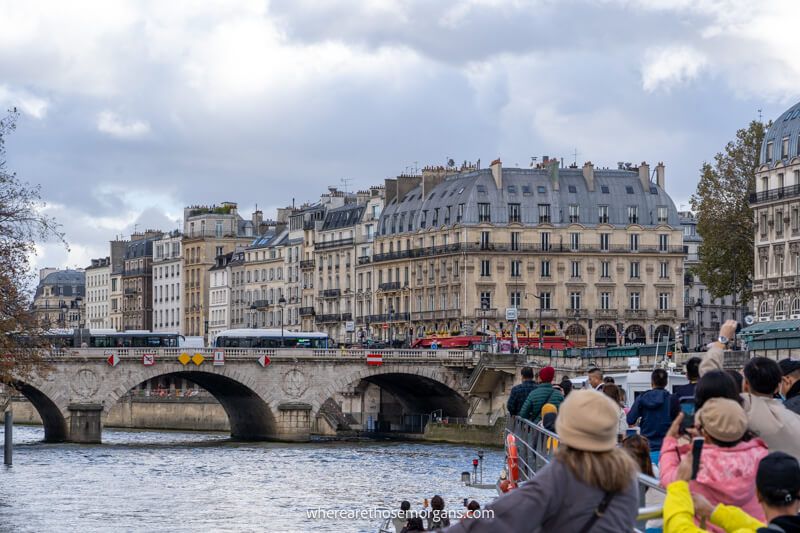
Next Steps
We hope our Paris travel guide helps with planning your trip, but please let us know if you have any questions in the comments box a little further below.
Still figuring out your plans?
- Read our 2 days in Paris itinerary.
- Don’t miss these top attractions in Paris.
- Book your hotel in one of these Paris arrondissements.
- Start your hotel search near the Louvre.
If you need a bit more help getting things organized, take a look at our expert guidebook (it only costs $9.99 and it will help you figure out every aspect of your trip – plus it has an exclusive map you can use when you arrive into NYC).
Or if you want our personal advice, tips and a custom itinerary, book a 1:1 planning call with us.
Finally, if you’ll be visiting more places on the same trip, we recommend reading our France travel planning guide to see where else you should go.
Happy Travels,
Mark and Kristen
Enjoy this guide? Pin it for later!
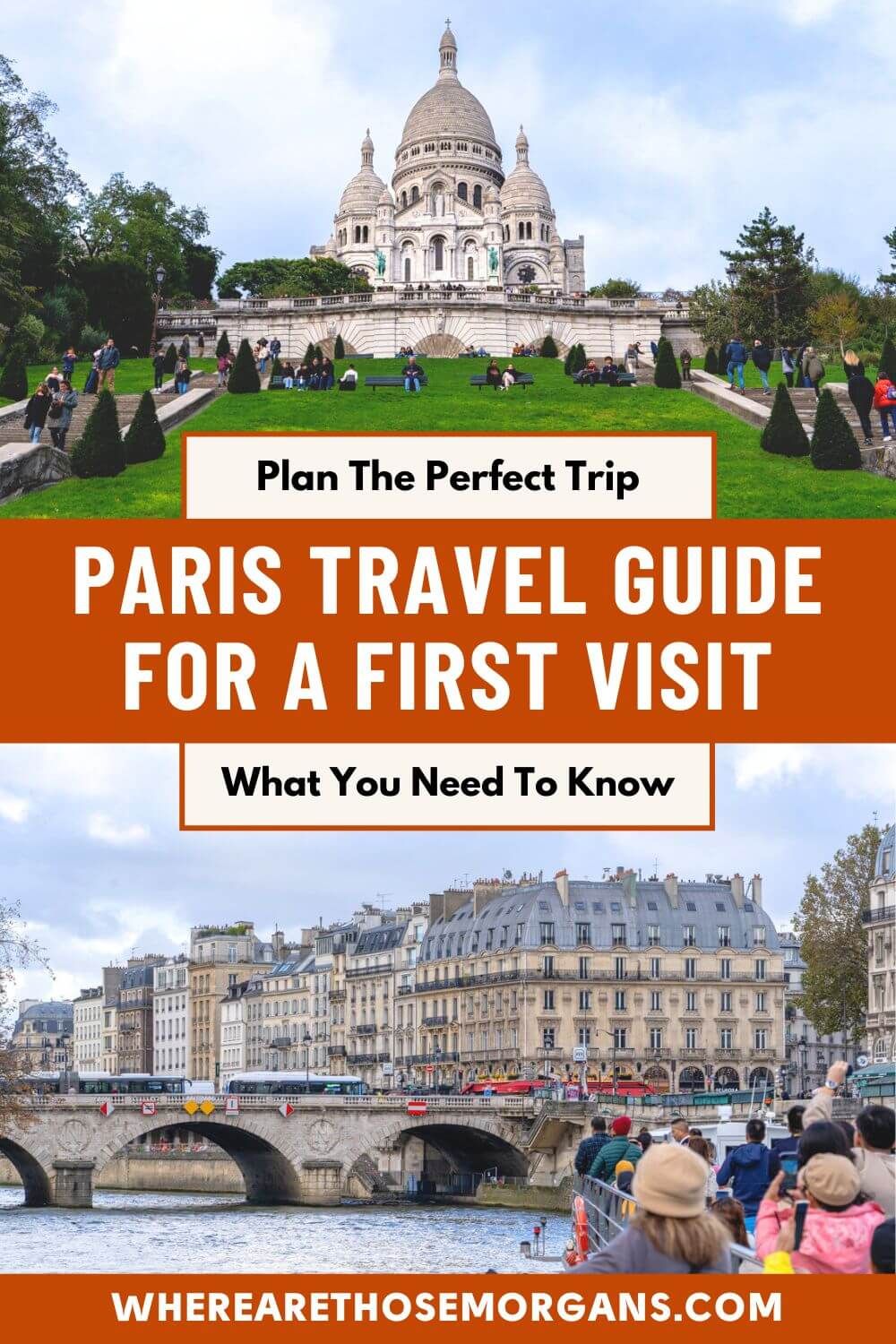
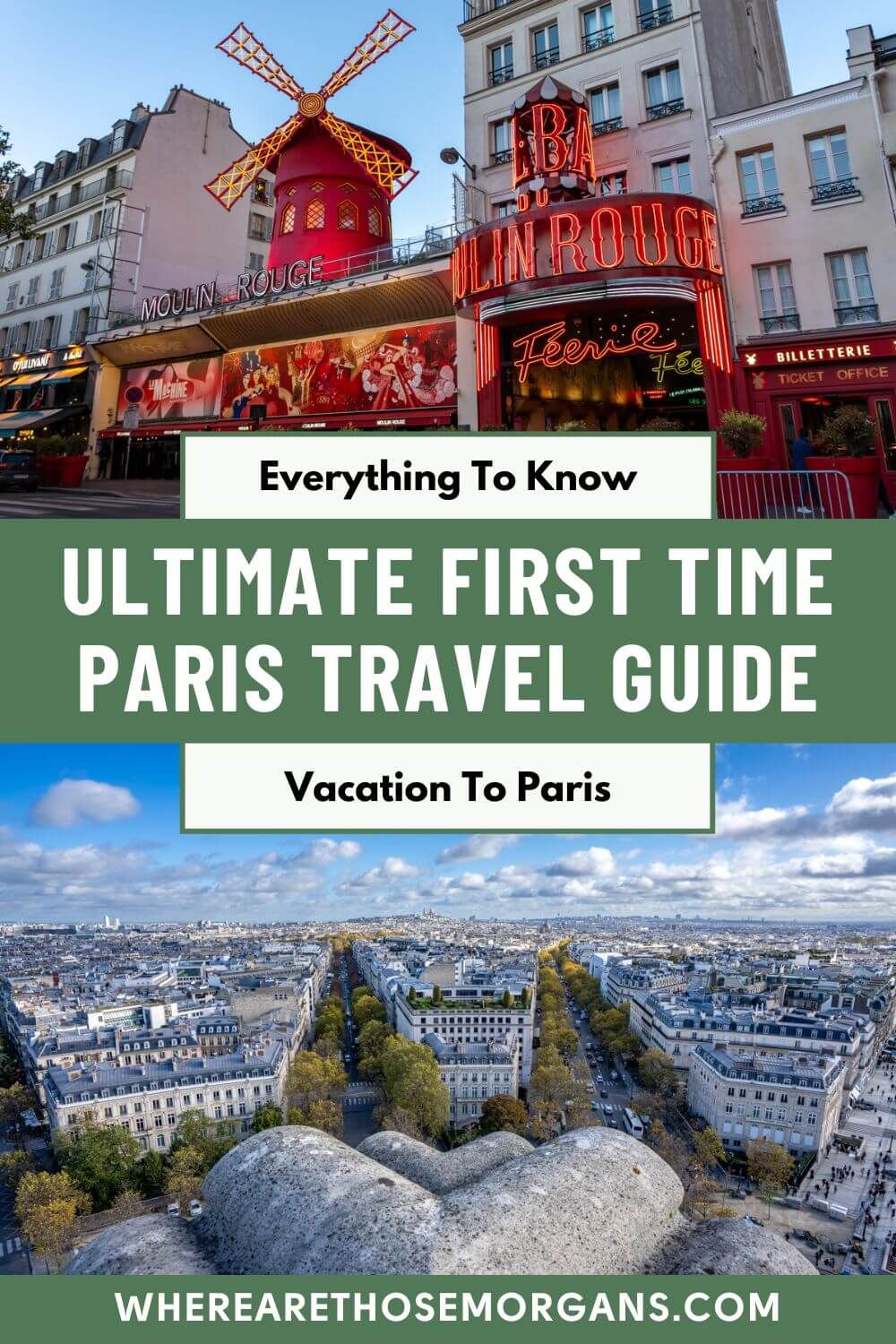
All Rights Reserved © Where Are Those Morgans, LLC. Republishing this article and/or any of its contents (text, photography, maps, graphics, etc.) in whole or in part is strictly prohibited.

